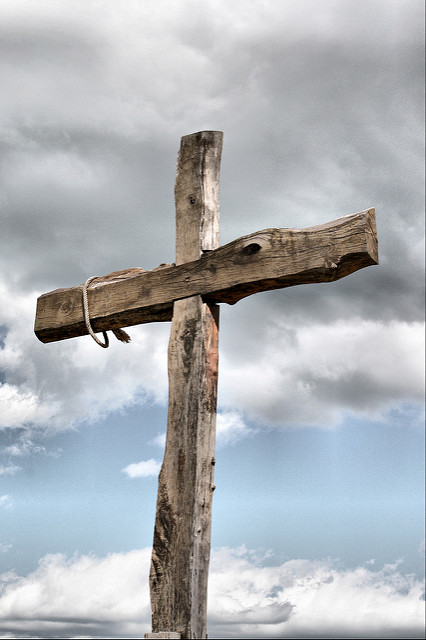
On the evening of that first day of the week, when the disciples were together,
with the doors locked for fear of the Jewish leaders,
Jesus came and stood among them and said, “Peace be with you!”
After He said this, He showed them His hands and side.
The disciples were overjoyed when they saw the Lord,
Again Jesus said, “Peace be with you!
As the Father has sent Me, I am sending you.”
And with that He breathed on them and said, “Receive the Holy Spirit.
John 20:19-22
The locked doors kept out the Jewish leaders. However, they did not hinder Jesus from entering. The disciples had locked the doors because they were afraid. Jesus wanted to alleviate their fear. He came into their presence and extended peace. But He didn’t stop with just a greeting. He had several messages to share.
We have already highlighted that He offered them peace. Peace was the first word Jesus spoke to the disciples after His resurrection. He spoke this greeting twice in three verses for emphasis. He did not criticize them for being afraid – He extended peace. Maybe the disciples remembered Jesus’ words of John 14:27. Peace I leave with you; My peace I give you. I do not give to you as the world gives. Do not let your hearts be troubled and do not be afraid. The peace Jesus offered was the Hebrew word shalom. Shalom refers to wholeness and completeness in mind and body. In Israel today, when you verbalize shalom, you are literally saying, “may you be full of well-being” or “may health and prosperity be upon you.”
Next, He showed the disciples His scars. He did not condemn them for deserting Him during His crucifixion. He came to confirm His identity after His resurrection. In Luke 24:39, Jesus said, “Look at My hands and My feet. It is I myself! Touch Me and see; a ghost does not have flesh and bones, as you see I have.” Perhaps the prophecy of Isaiah 53:5 came to the disciples’ minds. But He was pierced for our transgressions, He was crushed for our iniquities; the punishment that brought us peace was on Him, and by His wounds we are healed.
Jesus also told them He was sending them somewhere. Matthew 28:18-20 says, “Then Jesus came to them and said, ‘All authority in heaven and on earth has been given to Me. Therefore go and make disciples of all nations, baptizing them in the name of the Father and of the Son and of the Holy Spirit, and teaching them to obey everything I have commanded you. And surely I am with you always, to the very end of the age.’” “All nations” was a big somewhere!
Jesus concluded by breathing the Holy Spirit upon the disciples in verse 22 of John 20. I wonder if they recalled an earlier conversation. Jesus had previously told them in John 14:26, “But the Advocate, the Holy Spirit, whom the Father will send in My name, will teach you all things and will remind you of everything I have said to you.”
This is the disciples’ story. Jesus met them where they were at. However, He did not allow them to stay in a locked room. He equipped them to step out beyond their fears.
My Reader, what is your story? Have you prevented Jesus from coming into your life because of fear? What specific doors have you locked hindering Jesus from coming into your heart? He is knocking for permission to enter. Revelation 3:20 says, “Here I am! I stand at the door and knock. If anyone hears My voice and opens the door, I will come in and eat with that person, and they with Me.”
Jesus extended peace to the disciples, and He offers the same to us. II Thessalonians 3:16 says, “Now may the Lord of peace Himself give you peace at all times and in every way. The Lord be with all of you.” According to Philippians 4:7, “the peace of God, which transcends all understanding, will guard your hearts and your minds in Christ Jesus.”
The disciples visibly saw Jesus’ scars. We have the privilege of experiencing the power of His scars. I Peter 2:24 says, “‘He himself bore our sins” in His body on the cross, so that we might die to sins and live for righteousness; ‘by His wounds you have been healed.’”
Jesus spoke personally to the disciples. He also wants to speak to each of us. He has plans and power for us. The LORD declares in Jeremiah 29:11, “For I know the plans I have for you, plans to prosper you and not to harm you, plans to give you hope and a future.” And, Acts 1:8 promises, “you will receive power when the Holy Spirit comes on you.”
My Reader, do not allow your fears to keep Jesus locked out of your life. He wants to enter.




